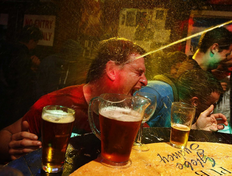
There are endless arguments for why people drink, the simplest being that alcohol is tasty and it makes us feel good.
But those reasons do not address the ultimate explanation for why our brains evolved to like alcohol in the first place, at least according to Robert Dudley, a professor of biology at the University of California, Berkeley, and author of "The Drunken Monkey."
Dudley's drunken monkey hypothesis is the first attempt to place alcoholism in an evolutionary context. In a 2004 paper, he argued that modern patterns of alcohol consumption and abuse have a biological basis that can be traced to our fruit-eating primate ancestors.
Hard-Wired For BoozeSugars in fruits, grains, and nectar are naturally turned to ethanol by yeasts during a process known as fermentation.
The earliest archaeological evidence suggests, based on chemical residues from pottery jars, that humans did not start fermenting honey, rice, and fruit to produce alcoholic beverages until 9,000 years ago.
But these fermented beverages were probably not our first exposure to alcohol, according to Dudley. Our preexisting taste for booze likely developed tens of millions of years ago in our primate ancestors, who survived mostly on fruits.
As fruit ripens, more alcohol is created by the yeasts. When a fruit starts to seriously rot, it can contain up to 8% ethanol, although most ripe fruit contains less than 1%.
Dudley's theory suggests that the alcohol concentration of ripe fruit would have served a purpose for both the fruit-bearing plant and the primate. In tropical forests, fruit can be hard to track down. However, the scent of alcohol from ripe fruits travels long distances, and may have helped primates to find their next meal.
Being attracted to the scent of ethanol from ripe fruits would have been evolutionarily adaptive, enabling the primates to find fruit easier. It was also helpful to the plants, because the primates helped to disperse the seeds in the fruit.
But the gains of eating these alcoholic fruits doesn't end there. Once digested, the theory goes, the alcohol would have stimulated feeding, encouraging the primates to "gobble up the food before anyone else got to it." Humans know this feeling today as the aperitif effect, which you may have experienced if you've ever had a cocktail before a meal and found yourself hungry. Or craved cheese fries after a night out.
Modern Problems Primates probably weren't getting wasted, because fruits house only tiny concentrations of alcohol compared to today's drinks. In one study, Dudley found that the pulp of ripe palm fruits contained ethanol concentrations of 0.9% on average. Most beers have an alcohol strength of 4% and wine usually 14%.
This could explain why a little bit of alcohol can be healthy, he said. The problem today is that humans aren't drinking alcohol in small amounts. Much like the story of sugar — which in ancient times was limited — alcohol is not only plentiful but, thanks to distillation, available in much higher concentrations than found in fruit.
Our bodies have preserved the biological urge to drink from when alcohol sources were few and far between, even though we live in an age where the supply is unlimited.
Read more: http://www.businessinsider.com/why-we-evolved-to-drink-2014-4#ixzz3Gq9Ia6IH
But those reasons do not address the ultimate explanation for why our brains evolved to like alcohol in the first place, at least according to Robert Dudley, a professor of biology at the University of California, Berkeley, and author of "The Drunken Monkey."
Dudley's drunken monkey hypothesis is the first attempt to place alcoholism in an evolutionary context. In a 2004 paper, he argued that modern patterns of alcohol consumption and abuse have a biological basis that can be traced to our fruit-eating primate ancestors.
Hard-Wired For BoozeSugars in fruits, grains, and nectar are naturally turned to ethanol by yeasts during a process known as fermentation.
The earliest archaeological evidence suggests, based on chemical residues from pottery jars, that humans did not start fermenting honey, rice, and fruit to produce alcoholic beverages until 9,000 years ago.
But these fermented beverages were probably not our first exposure to alcohol, according to Dudley. Our preexisting taste for booze likely developed tens of millions of years ago in our primate ancestors, who survived mostly on fruits.
As fruit ripens, more alcohol is created by the yeasts. When a fruit starts to seriously rot, it can contain up to 8% ethanol, although most ripe fruit contains less than 1%.
Dudley's theory suggests that the alcohol concentration of ripe fruit would have served a purpose for both the fruit-bearing plant and the primate. In tropical forests, fruit can be hard to track down. However, the scent of alcohol from ripe fruits travels long distances, and may have helped primates to find their next meal.
Being attracted to the scent of ethanol from ripe fruits would have been evolutionarily adaptive, enabling the primates to find fruit easier. It was also helpful to the plants, because the primates helped to disperse the seeds in the fruit.
But the gains of eating these alcoholic fruits doesn't end there. Once digested, the theory goes, the alcohol would have stimulated feeding, encouraging the primates to "gobble up the food before anyone else got to it." Humans know this feeling today as the aperitif effect, which you may have experienced if you've ever had a cocktail before a meal and found yourself hungry. Or craved cheese fries after a night out.
Modern Problems Primates probably weren't getting wasted, because fruits house only tiny concentrations of alcohol compared to today's drinks. In one study, Dudley found that the pulp of ripe palm fruits contained ethanol concentrations of 0.9% on average. Most beers have an alcohol strength of 4% and wine usually 14%.
This could explain why a little bit of alcohol can be healthy, he said. The problem today is that humans aren't drinking alcohol in small amounts. Much like the story of sugar — which in ancient times was limited — alcohol is not only plentiful but, thanks to distillation, available in much higher concentrations than found in fruit.
Our bodies have preserved the biological urge to drink from when alcohol sources were few and far between, even though we live in an age where the supply is unlimited.
Read more: http://www.businessinsider.com/why-we-evolved-to-drink-2014-4#ixzz3Gq9Ia6IH

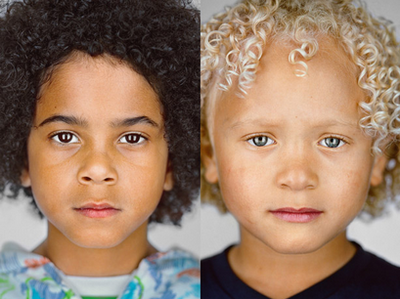

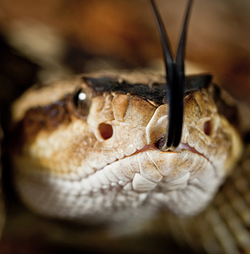
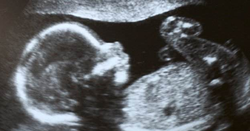
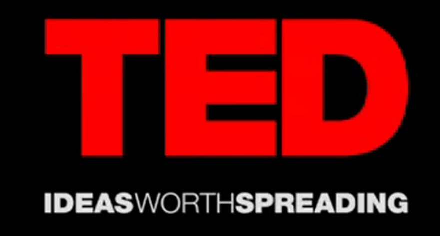
 RSS Feed
RSS Feed
